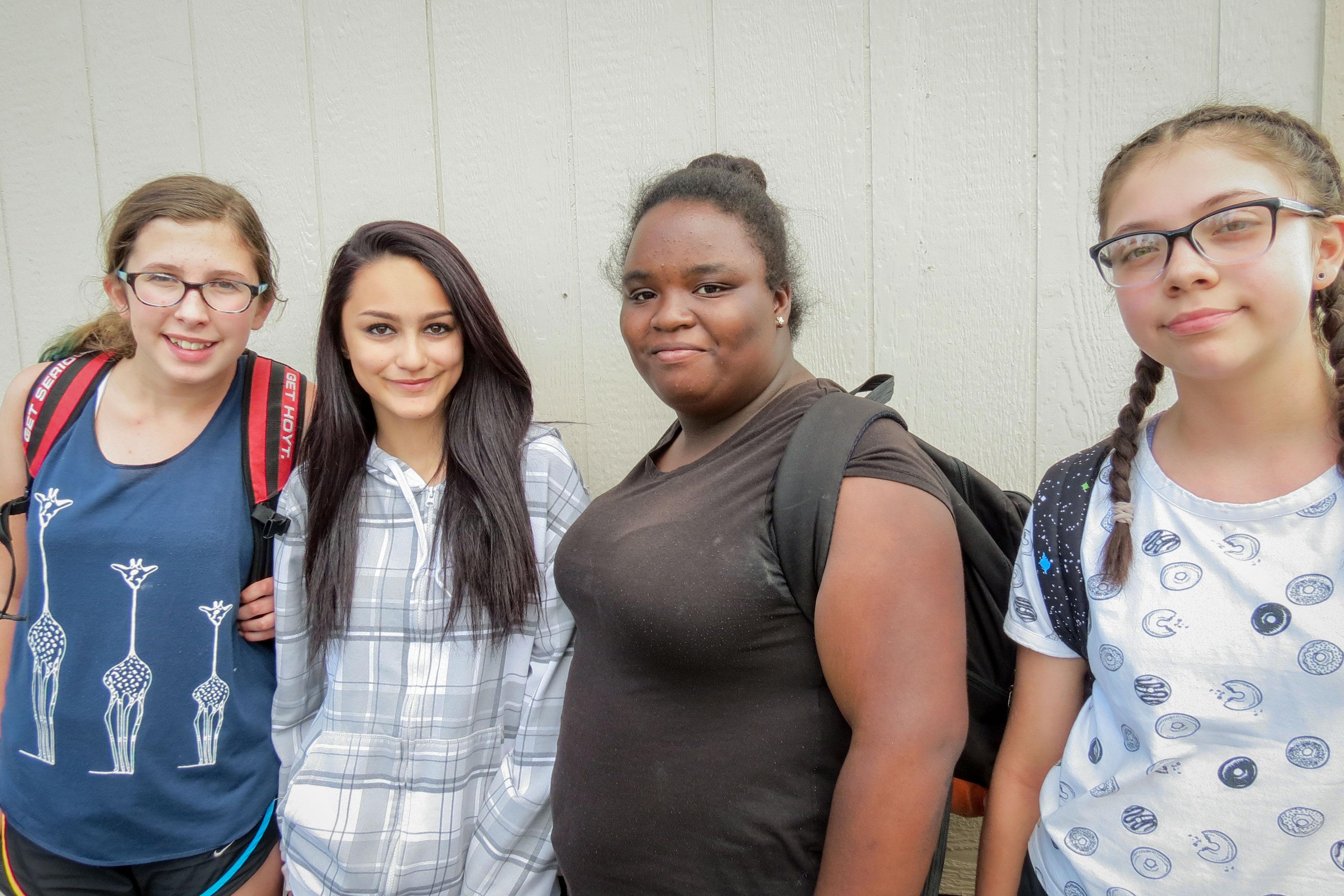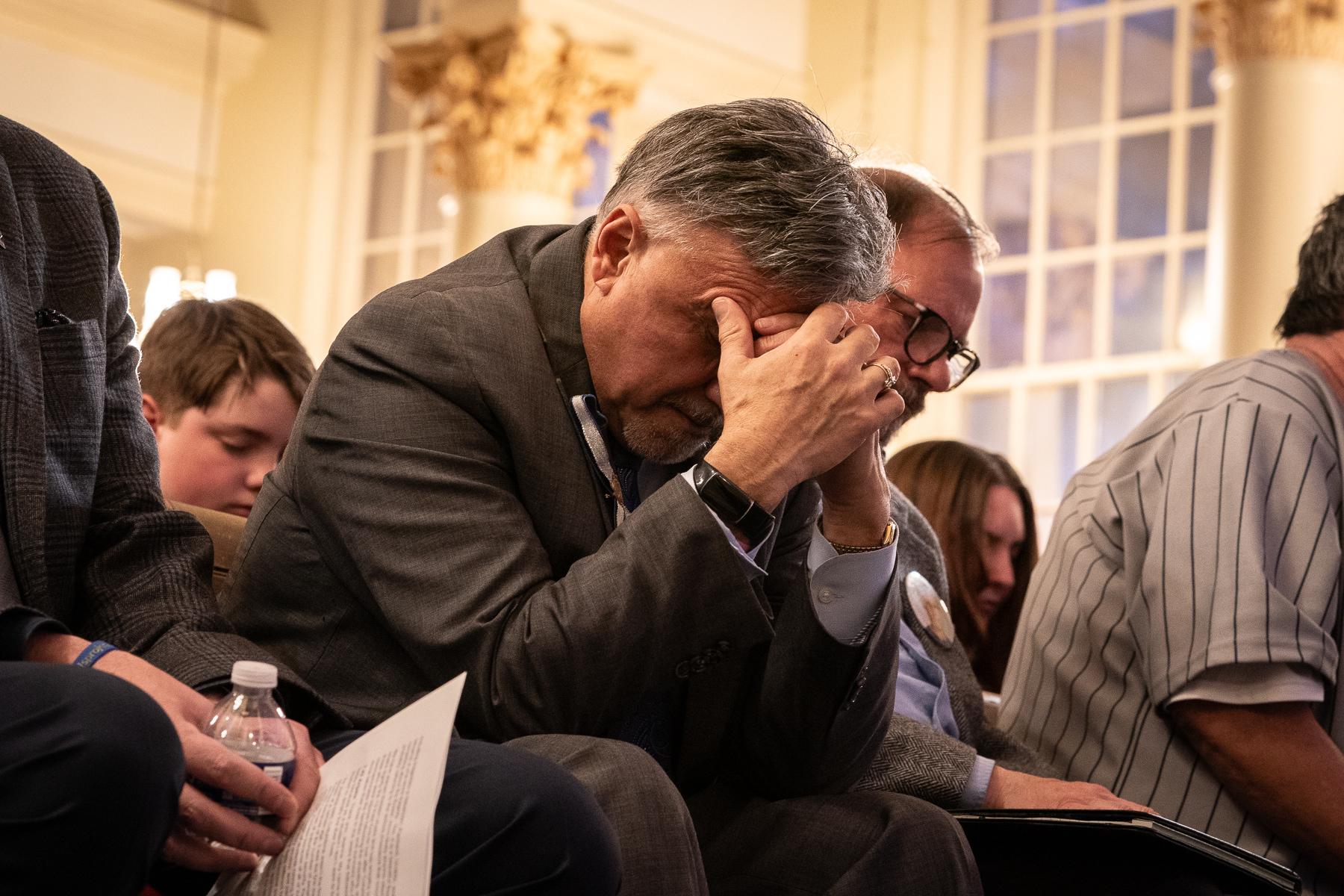

Marijuana might be legal in Colorado for those over 21, but that hasn’t stopped the state from pursuing some type of drug education in schools. A portion of Denver’s special 3.5 percent recreation pot tax is targeted at children in the city’s summer school programs, where they go through the “Healthy Lifestyles 101” curriculum.
The homegrown marijuana prevention program is a far cry from the Nancy Reagan “Just Say No” anti-drug programs of the 1980s and 90s. Here students learn what to do if their friends come to school high, how friends influence each other’s decisions on marijuana, the difference between effects on an adult’s brain versus a child’s, why some people use medicinal marijuana and who to trust for information.
For the most part, 12-year-old Denverite Journey McCoy has grown up in a world with legalized cannabis. So, like many kids, McCoy thought, it’s legal, it ought to be safe, right?
“I didn’t really know how it affected the body. But as I got older I kind of started to see the effects it had on different people. Some people it wouldn’t affect them strongly — it kind of helped them but other people they would make really bad choices and so, it was really confusing to me until I started learning more about it.”
While she’s learned a lot of facts in the Girls Inc. of Metro Denver summer camp classes, like the number of plants one can have — “You can have up to 12 in your house as long as the neighbors can’t see it,” McCoy said of state growing rules — she has concluded on her own that marijuana is not safe for teenagers.
That’s the kind of result instructor Sandra Ramirez hopes for. She likes that the curriculum is tailored for Colorado. It’s not curriculum for or against, she said, instead it gives students “facts and the resources for them to be able to create their own opinion based off of logical and reliable resources.”

The goal of the curriculum is to build awareness and knowledge about marijuana facts and help youth make healthy decisions – consistent with their individual values – when faced with challenges related to marijuana use.
When the city’s Afterschool Alliance scoured the country for marijuana-based education programs, Daniel Read, a team member and researcher with Denver Public Schools said they “didn’t find anything that really worked for Denver.”
So they turned to youth community groups and local designers to create something relevant to a place with legalized marijuana. They also wanted to support the city’s Office of Children’s Affairs early marijuana prevention and social-emotional learning efforts.
According to the National Institute on Drug Abuse, people who use marijuana before the age of 18 are four to seven times more likely to develop dependence than adults.
Many community groups see a big knowledge gap among Denver youth. Since legalization, Melina Bixler, the director of programs for Girls Inc. of Metro Denver, said summer campers have been coming to instructors with more and more questions.
“Trying to understand what’s legal, what’s not, what’s okay for my family to do, what’s not, what’s okay for me to do, what’s not, what’s the difference between medical marijuana and recreational and how do these new laws affect what choices I make,” she said.
What’s distinctive about the marijuana program is that activities are hands-on and put youth in the center of the decision-making process. A significant portion of the lessons let kids reflect what their values and goals are before inserting “marijuana in on the back end,” said researcher Daniel Read.

The girls were given scenarios, like if a good friend starts coming to school high and tells you they smoke with their parents. The girls grappled with whether to intervene, who to contact and what the consequences would be. They discussed how the friend might develop a dependence on marijuana, especially if they’re depressed, and how they could intervene anonymously. Others wonder whether the parents could get arrested for giving pot to a minor.
It is a felony in Colorado to give or share marijuana with an underage individual.
One myth and misconception that the summer camp classes go over is that marijuana affects adult and teenage brains in the same way. Ramirez asked during one of the last classes to see if the girls remember why.
“Because our prefrontal cortex is not fully developed,” said Lourdes Mendoza. She explained that’s the part of the brain responsible for planning and making decisions. Learning about the prefrontal cortex made Journey McCoy feel like she wouldn’t do well using marijuana.
“Ninety percent of the time, I kind of struggle making good decisions,” she sighed. “But on it [marijuana], I feel like I would make worse decisions that I sometimes already do.”
Another big myth is that everybody is using it. Actually, 4 out of 5 teens hadn’t used marijuana in the last 30 days, according to the latest statewide health survey. The group reviewed the cannabinoid parts of the plant that don’t produce a psychoactive effect. Ramirez then reminded the girls that “THC is what they extract and put into edibles.” The girls really pay attention when the discussion turns to edibles.
“With marijuana legalized in Colorado, I would hope that a lot of us are going to take precautions before eating anything that’s not wrapped,” Ramirez said.

Colorado requires that edible marijuana products are stamped with a diamond shaped symbol and the letters T-H-C.
“So THC is actually written on the candy,” Ramirez said, which set off more questions about whether brownies are stamped (they are, if they come in a package).
Journey McCoy recalled a kid who brought edibles to school and didn’t tell kids what they really were before they were given to other students.
“There were four or five kids sitting at the back of the classroom shaking,” McCoy said. “This one kid ran out of the classroom and took off down the hallway. Our teacher didn’t know what was happening until our nurse came up and could tell what happened.”
Another girl talked about two eighth-grade girls who she said ate edibles at school. She described how it changed their behavior. The girls around the table are listening with rapt attention. This is their world. And they have a lot more questions.
All the questions can’t be answered in just a few short classes in summer camp. Yet, the girls said they know more about how marijuana affects their bodies and brains and they’re more confident now about how they’ll respond if offered the drug that’s legal for adults in their neighborhoods.
City officials are currently working on a program that would allow graduates of the Healthy Lifestyles curriculum to become youth mentors. At the end of the first five lessons of a ten lesson course, the city took a survey to test participant’s knowledge. It showed them that that most youth have a good understanding of potential impacts, but need a bit more work on fully understanding the differences on how marijuana impacts an adult versus a child’s brain. The city hopes to share the “Healthy Lifestyles” curriculum more widely at some point in the future.









